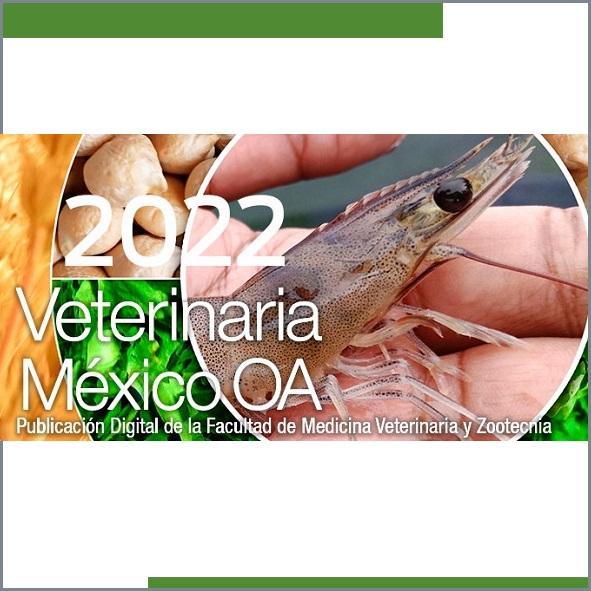Effects of different inorganic selenium levels in laying quails (Coturnix coturnix Japonica) diets on performance, egg quality, and serum biochemical parameters
Contenido principal del artículo
Resumen
Inorganic selenium supplementation in poultry diet has been controversial. It has been linked that the excess and deficiency of this mineral can lead to health problems in these animals. However, this fact is not so evident in quails. In this research 120 female quails (220.6 ± 8.2 g) at 10 weeks of age were allocated to five treatment groups with six replicates of four quails in each. Experimental diets were formed by adding 0, 0.25, 0.50, 0.75 or
1.00 mg/kg of inorganic selenium (sodium-selenite) to the diet containing 0.12 mg/kg of selenium. We observed that performance parameters, mortality, egg external, and internal quality of quails were not affected by the supplementation of inorganic selenium to the diet Serum glucose (P = 0.0020) and creatinine (P = 0.0333) levels were affected by inorganic selenium supplementation, but no differences were found for other parameters among those treatments. The addition of 0.50 mg/kg of inorganic selenium to the diet increased serum glucose levels of laying quails compared with the control group. While serum creatinine level was maximized with the addition of 0.25 mg/kg inorganic selenium to the diet, and it was minimized with the addition of 0.50 mg/kg inorganic selenium. Supplementation with inorganic selenium (0 to 1.00 mg/kg) in laying quail diets did not have any adverse effect on performance, mortality, and egg quality during the study. No abnormalities were found in the serum parameters that would lead to the suspicion of metabolic disease in the quails.
Detalles del artículo
License

Veterinaria México OA por Facultad de Medicina Veterinaria y Zootecnia de la Universidad Nacional Autónoma de México se distribuye bajo una Licencia Creative Commons Atribución 4.0 Internacional.
Basada en una obra en http://www.revistas.unam.mx
- Todos los artículos en Veterinaria México OA se publican bajo una licencia de Creative Commons Reconocimiento 4.0 Unported (CC-BY 4.0). Con esta licencia, los autores retienen el derecho de autor, pero permiten a cualquier usuario compartir, copiar, distribuir, transmitir, adaptar y hacer uso comercial de la obra sin necesidad de proporcionar un permiso adicional, siempre y cuando se otorgue el debido reconocimiento al autor o fuente original.
- Al utilizar esta licencia, los artículos en Veterinaria México OA cubren o exceden todos los requisitos fundacionales e institucionales para ser considerados de Acceso Abierto.
- Los autores no pueden utilizar material protegido por derechos de autor en su artículo a menos que ese material esté también disponible bajo una licencia igualmente generosa.



